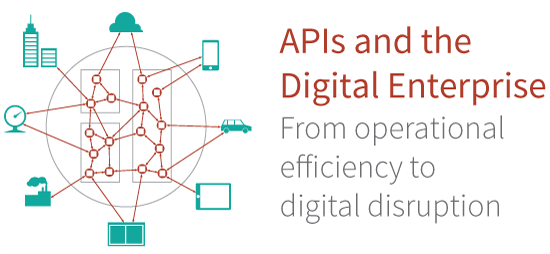 Application programming interfaces (APIs) have been around for decades. In the early days of IT they were primarily used to give programmers convenient access to libraries of prebuilt functions. As systems became more distributed, APIs found their place in more general application and data integration. They allowed remote capabilities and resources to be accessed easily across a network. By separating interfaces from implementation, they also encouraged a more flexible and robust component-based approach to software development. Fast forward to today’s highly connected world of web services, mobile apps, the Internet of Things and open data, and the smart use of APIs, built and managed using up-to-date techniques, has become a critical enabler of digital transformation.
Application programming interfaces (APIs) have been around for decades. In the early days of IT they were primarily used to give programmers convenient access to libraries of prebuilt functions. As systems became more distributed, APIs found their place in more general application and data integration. They allowed remote capabilities and resources to be accessed easily across a network. By separating interfaces from implementation, they also encouraged a more flexible and robust component-based approach to software development. Fast forward to today’s highly connected world of web services, mobile apps, the Internet of Things and open data, and the smart use of APIs, built and managed using up-to-date techniques, has become a critical enabler of digital transformation.

Content Contributors: Dale Vile, Tony Lock & Jack Vile